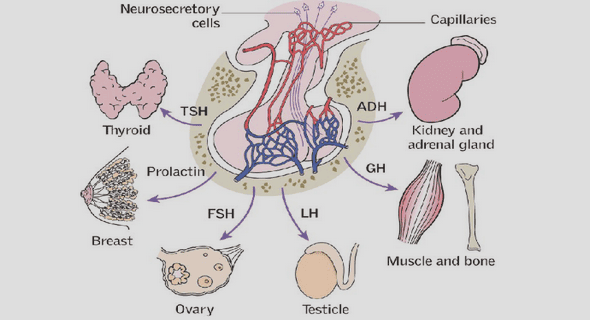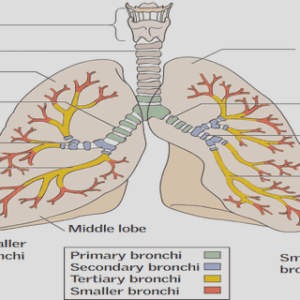(Downloads - 0)
For more info about our services contact : help@bestpfe.com
Table of contents
Introduction
1 The Provision of Colonial Policies in Former FrenchWest Africa: Are Health Policies Specific?
1.1 Introduction
1.2 Literature and historical context
1.3 Data
1.3.1 Colonial data
1.3.2 Colonial statistics: main challenges
1.4 Colonial policies: first descriptive evidence
1.4.1 Colonial health policies: what was done?
1.4.2 Increasing trends in colonial investments
1.4.3 Health provision across space
1.4.4 Colonial policies and urbanization
1.4.5 Colonial policies and Europeans
1.5 Health policies and other colonial policies: context and empirical strategy
1.5.1 The decision-making chain of colonial investments
1.5.2 The provision of colonial policies: what are the main drivers?
1.5.3 The empirical strategy
1.6 Results: what are the main determinants of health provision ?
1.6.1 Linear results
1.6.2 Intensive and extensive margins of colonial investments
1.6.3 Robustness checks
1.7 Conclusion
Appendix
2 The Double African Paradox: Height and Selective Mortality in West Africa
2.1 Introduction
2.2 Existing literature and contribution
2.2.1 Literature
2.2.2 Contribution
2.3 Data and descriptive results
2.3.1 Data
2.3.2 Descriptive statistics on the paradox
2.4 The height-mortality relationship
2.4.1 The mechanisms at stake
2.4.2 What are the potential biases?
2.4.3 The empirical strategy
2.4.4 A positive correlation?
2.5 A model of height differential between survivors and deceased
2.5.1 The adult height equation
2.5.2 The height differential between survivors and deceased
2.5.3 Identification assumptions of the model
2.6 Estimation of the model and implication for the “double African paradox”
2.6.1 Estimation of the height differential between survivors and deceased
2.6.2 The level paradox
2.6.3 The trend paradox
2.6.4 Adult heights, child heights: why do conclusions differ?
2.7 Robustness of the results and main implications
2.7.1 Robustness
2.7.2 Main implications
2.8 Conclusion
Appendix
3 Gender Preferences in Africa: A Comparative Analysis of Fertility Choices with Pauline Rossi
3.1 Introduction
3.2 Gender preferences in Africa
3.2.1 Theoretical motives for gender preferences
3.2.2 Empirical evidence so far
3.3 Data
3.3.1 Data
3.3.2 Descriptive statistics
3.4 Empirical Strategy
3.4.1 A duration model of birth intervals
3.4.2 Relating durations to the proportion of sons
3.4.3 Identification assumptions
3.5 Results
3.5.1 Comparative descriptive analysis
3.5.2 Key drivers of gender preferences
3.5.3 Mechanisms: individual choices or social norms?
3.6 Robustness Tests
3.6.1 Testing the child mortality bias
3.6.2 Testing the sample selection of mothers
3.6.3 Investigating heterogenous effects across birth ranks
3.7 Conclusion
Appendix
Conclusion
Bibliography




